New entity to offer the industry’s most advanced technology and broadest equipment portfolio from one direct source
JACKSONVILLE, Fla. (June 19, 2024)—Advancing Eyecare (AEC), North America’s leading provider of ophthalmic instruments, today announced that two of its leading business units, Marco Healthcare (“Marco”) and Lombart Healthcare (“Lombart”), will combine to form a new business named Marco Lombart, effective July 1, 2024.
Marco Lombart will offer the best of Marco and Lombart, which includes the industry’s most advanced technologies and broadest portfolio of eye care equipment, products and services. The combination will also bring together two teams to create a unified salesforce with decades of eye care experience and expertise, as well as knowledge of Marco Lombart’s entire range of new and pre-owned solutions.
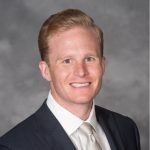

The unified salesforce will be led by accomplished industry veterans from both legacy organizations. Lombart’s Kevin Williams will serve as president of the new Marco Lombart. Marco’s Jocelyn Hamilton has been promoted to a new position as AEC’s president of corporate & strategic accounts. They will report to Maureen Cavanagh, who will continue as AEC’s chief sales officer.
“Practices and practitioners are facing more pressure than ever to meet increasing consumer demand while maintaining or even elevating their standards of care,” Williams said. “By combining our portfolio, distribution capabilities and consultative expertise as Marco Lombart, we can better support each professional customer’s business and economic goals.”
“We aim to be a transformational partner for practices, equipping them to deliver modern care in an increasingly competitive marketplace,” Hamilton said. “Instruments and technology play a critical role in realizing that vision, and there are a lot of options to consider. As a combined entity, Marco Lombart can bring simplicity and clarity to help customers make the right investments, empowering them to be their unique best.”
Every Marco Lombart customer relationship will continue to be backed by the resources of Advancing Eyecare, which provides installation, preventive maintenance, repair and protection plans as well as financing programs. Importantly, Marco Lombart will continue providing access to one of the largest in-house, manufacturer-trained service technician networks in North America.
“Marco Lombart was born from all the right reasons of improving care,” said Jim McGrann, chief executive officer of Advancing Eyecare. “We’re bringing together two of our industry powerhouses to create a direct and efficient experience that ultimately will help practices and eye care practitioners better serve their patients. Our name is our mission, and we’re achieving that by combining our two largest brands.”
Marco Lombart will attend Vision Expo West from September 18-21, 2024, to highlight new offerings, resources and special events about its equipment, products and services.
###
About Marco Lombart
Based in Jacksonville, Fla., Marco Lombart is an industry-leading resource for eye care equipment, products and services. Combining more than 100 years of eye care experience, the company offers the industry’s most advanced technology and the widest selection of new and pre-owned ophthalmic equipment from a single source. Backed by the resources and programs of Advancing Eyecare, Marco Lombart empowers practices to be their unique best.
About Advancing Eyecare
Advancing EyecareTM is the leading provider in the eye care instrumentation marketplace established to offer the best products and service solutions in the ophthalmic equipment industry. Its portfolio is comprised of Marco Lombart, Santinelli International, S4Optik, INNOVA Medical and other leading brands. Advancing EyecareTM also provides service and protection plans as well as financing programs to its companies’ customers. Advancing EyecareTM is a portfolio company of Cornell Capital. For more information, visit www.advancingeyecare.com.
Media Inquiries:
Tyler Holder, High Reason
tholder@highreason.com
(904) 645-6200
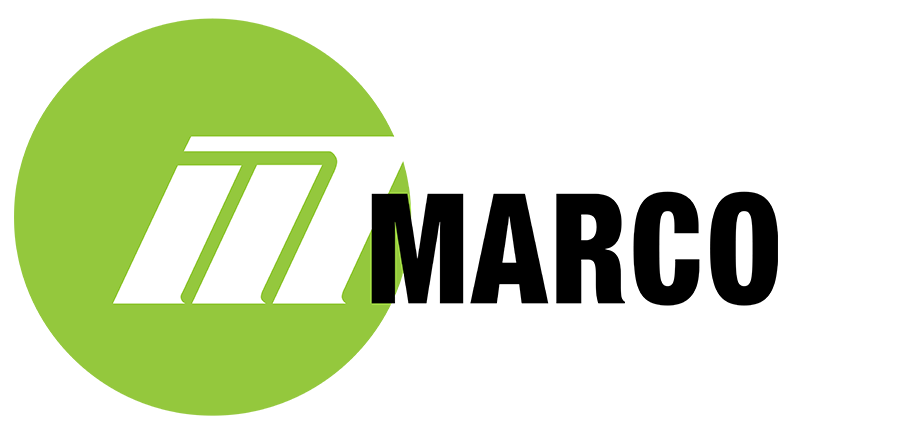


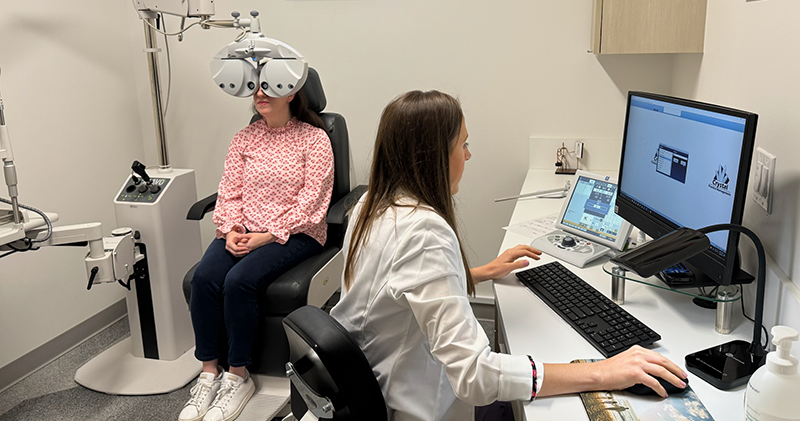
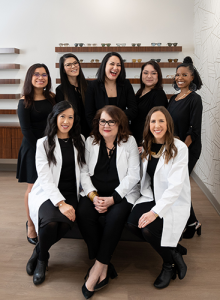
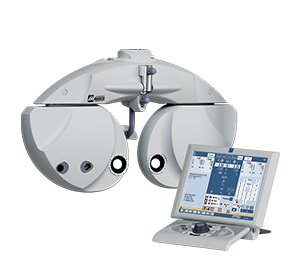
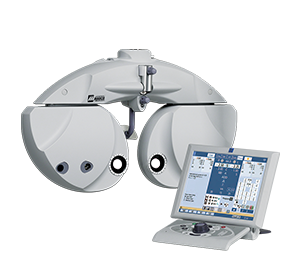
 Showing patients their new Rx also removes “awkward conversation”
Showing patients their new Rx also removes “awkward conversation”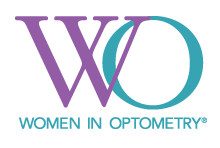
 Of her three exam lanes at
Of her three exam lanes at 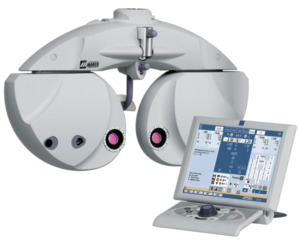
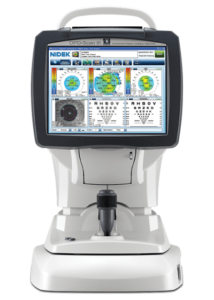
 One of the first investments that Michelle McReynolds, OD, made when she opened cold was with the Marco OPD Scan III Wavefront Aberrometer and TRS automated refraction system. “I was looking for anything that would make my work faster because I didn’t have a technician when I first opened. It was just me doing everything,” she recalls. She opened West County Vision Center in St. Louis, Missouri, in 2011.
One of the first investments that Michelle McReynolds, OD, made when she opened cold was with the Marco OPD Scan III Wavefront Aberrometer and TRS automated refraction system. “I was looking for anything that would make my work faster because I didn’t have a technician when I first opened. It was just me doing everything,” she recalls. She opened West County Vision Center in St. Louis, Missouri, in 2011.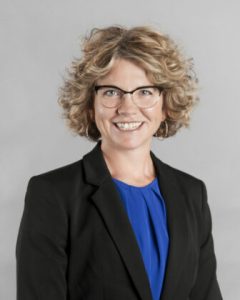

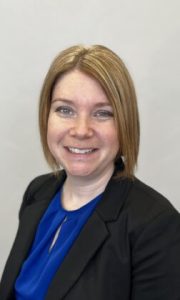
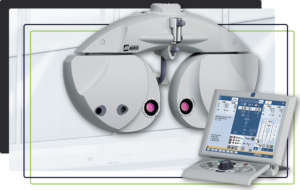

 Kathleen Joyce, OD, of EYECARE for You, makes a firm distinction between the different automated refraction systems out there. “My refractions are doctor-driven, but I love having the technology that helps me get to an accurate subjective refraction more quickly,” she says. That is important to her in her two practice locations where she focuses on medical services and custom fit contact lenses. “The refraction is a pivotal part of the exam, and my
Kathleen Joyce, OD, of EYECARE for You, makes a firm distinction between the different automated refraction systems out there. “My refractions are doctor-driven, but I love having the technology that helps me get to an accurate subjective refraction more quickly,” she says. That is important to her in her two practice locations where she focuses on medical services and custom fit contact lenses. “The refraction is a pivotal part of the exam, and my 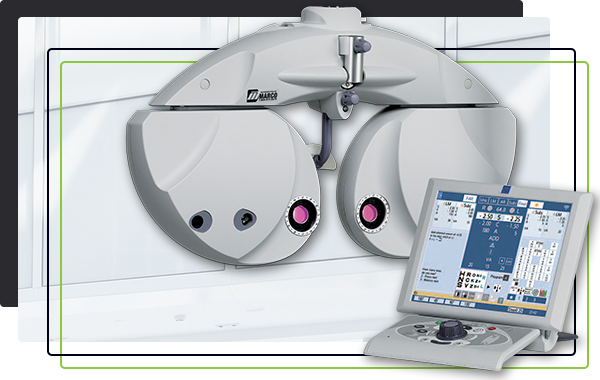

 After about nine years of having an automated refraction system in the practice, Heavin Maier, OD, of Eyes for Life in Spokane, Washington, couldn’t imagine practicing without it. When she added another lane of equipment, the Marco
After about nine years of having an automated refraction system in the practice, Heavin Maier, OD, of Eyes for Life in Spokane, Washington, couldn’t imagine practicing without it. When she added another lane of equipment, the Marco 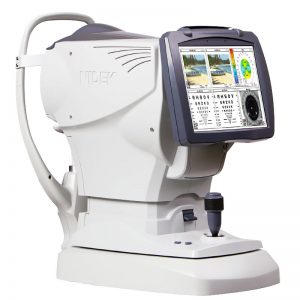 The patient experience
The patient experience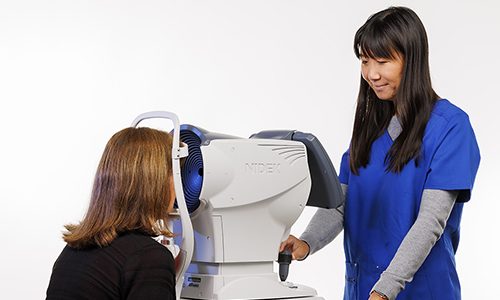
 One of my favorite exercises for doctors to learn how their office operates is to first have each staff member take a guess (doctors too!) at how long the patient spends at each part of their patient journey. This includes check-in, waiting room, pre-testing, waiting in the exam room for the doctor, the eye exam, optical time, and checkout. I call this the “Post-It Note” exercise, as we would write the time that the patient started and completed each step on a post-it note.
One of my favorite exercises for doctors to learn how their office operates is to first have each staff member take a guess (doctors too!) at how long the patient spends at each part of their patient journey. This includes check-in, waiting room, pre-testing, waiting in the exam room for the doctor, the eye exam, optical time, and checkout. I call this the “Post-It Note” exercise, as we would write the time that the patient started and completed each step on a post-it note.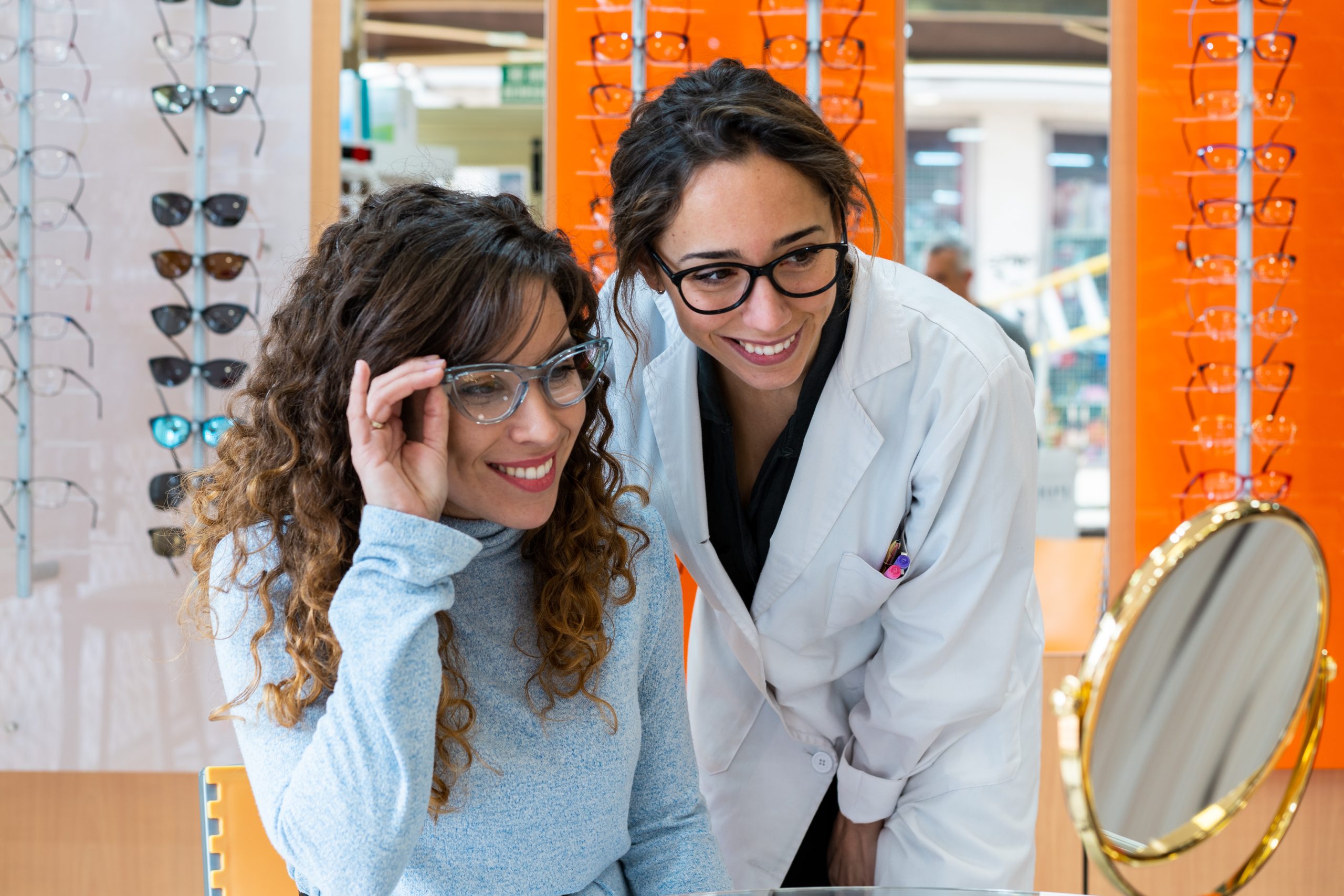 Once the patient is done in the exam room, streamlining the handoff to optical can expedite the process. Can you directly send all relevant information to your opticians, including prescription(s), lens recommendations, and treatments so they automatically have that information when the patient arrives?
Once the patient is done in the exam room, streamlining the handoff to optical can expedite the process. Can you directly send all relevant information to your opticians, including prescription(s), lens recommendations, and treatments so they automatically have that information when the patient arrives?